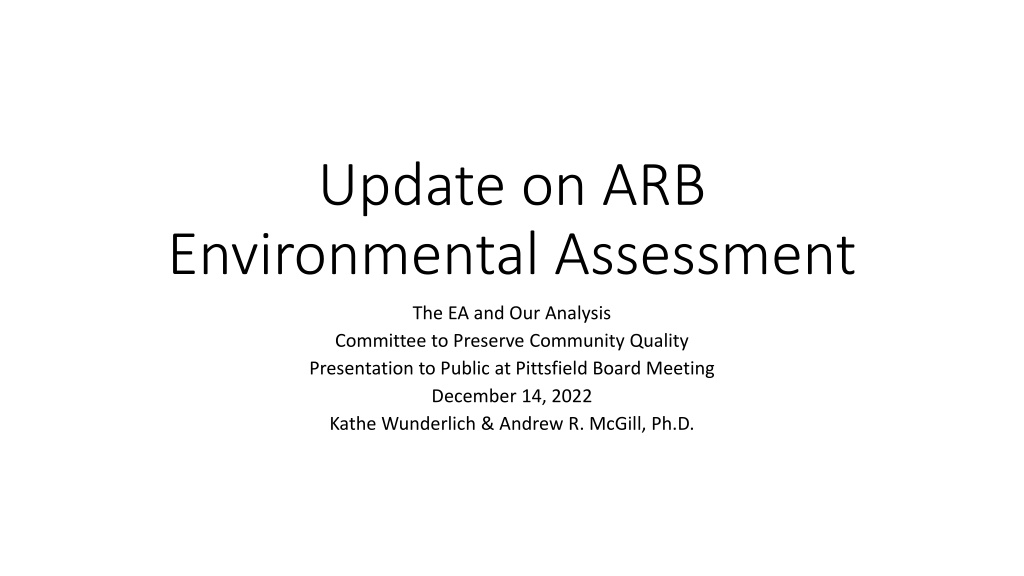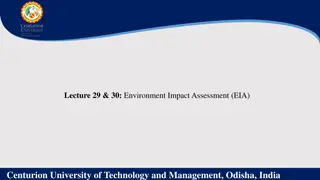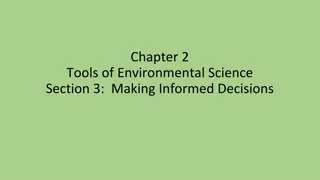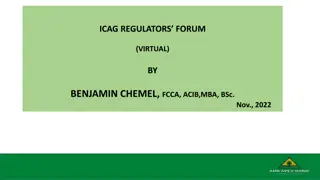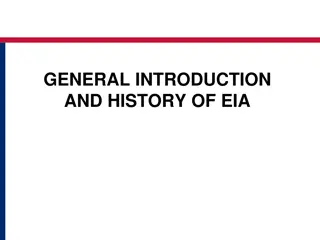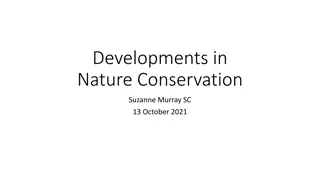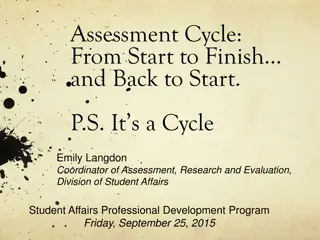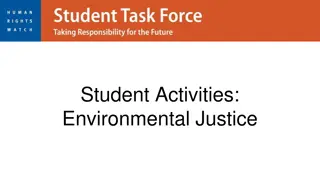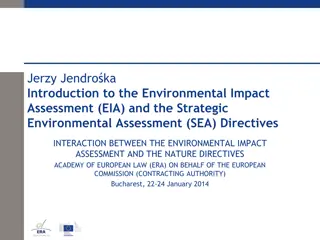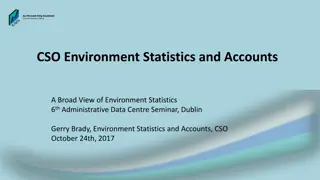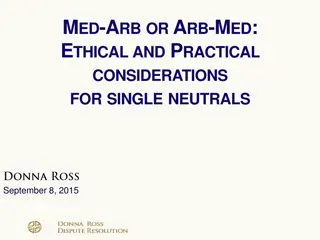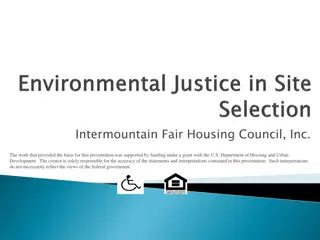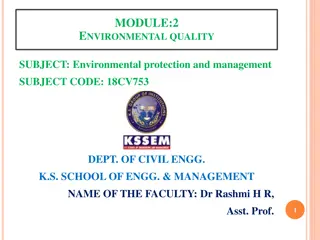Update on ARB Environmental Assessment
Pittsfield Airport's proposal to expand its primary runway, along with analysis on critical aircraft claims and flaws in the current Environmental Assessment. The document highlights concerns regarding operational utility, wet runway impact, hot weather conditions, and the justification for the runway expansion.
Download Presentation

Please find below an Image/Link to download the presentation.
The content on the website is provided AS IS for your information and personal use only. It may not be sold, licensed, or shared on other websites without obtaining consent from the author.If you encounter any issues during the download, it is possible that the publisher has removed the file from their server.
You are allowed to download the files provided on this website for personal or commercial use, subject to the condition that they are used lawfully. All files are the property of their respective owners.
The content on the website is provided AS IS for your information and personal use only. It may not be sold, licensed, or shared on other websites without obtaining consent from the author.
E N D
Presentation Transcript
Update on ARB Environmental Assessment The EA and Our Analysis Committee to Preserve Community Quality Presentation to Public at Pittsfield Board Meeting December 14, 2022 Kathe Wunderlich & Andrew R. McGill, Ph.D.
Runway Expansion Proposal Proposal: Expand 3,505-foot primary runway to 4,225 feet. In addition, shift 150 feet of runway from the east to west end. Combination would put the runway 870 feet closer to Lohr Road. Rationale: Expansion needed to improve operational utility of airport by meeting the takeoff and landing runway length requirements of aircraft that currently operate at the airport and are projected to steadily increase over time.
Critical Aircraft Claim Claim: Four types of critical aircraft two jets and two turboprops suffer undue concessions in reduced fuel, passengers, and / or cargo loads on current runway. Reality: Three of four types of critical aircraft can operate on the current runway 100% of the time. The fourth class, based on a Cessna Citation Excel XLS, could operate at full weight 90% of the time, and at 100% capacity on most days. FAA claimed it was taken out of conext. . .[to] insinuate that there are users taking weight restrictions often. . .[which] has not been documented.
Flaws in the EA Claim: Current runway is mostly inadequate because either high temperatures or wet runways impact operational capacity of critical aircraft. Claim: When Runway 6 / 24 is contaminated with snow or ice, AvFuel often needs to divert to another airport, which delays or cancels flight plans until pavement surface conditions at ARB improve, since braking distance is reduced when water, snow, or ice is present. Reality: No specific data on any such impacts was presented in the SRDEA. Reality: The FAA said, The inclusion of the contaminated runway length distances cannot be used to justify FAA funding requirements. . .safety is maintained by the pilot adjusting their mission (payload, etc.) to the available runway length, not by the addition of a longer runway.
Runway Inadequacy Claim Claim: ARB runway is inadequate 75% of the year because of wet runways on 192 days per year, and temperatures exceeding 80 degrees on 81 hot days. Reality: FAA states wet runway conditions cannot be used to justify runway expansion. The Airport Improvement Program (AIP) is not intended to provide sufficient runway length for all normal conditions at an airport...pilots are expected to calculate runway length needs and make adjustments needed for safety. Reality: The hot weather standard is 85 degrees, not 80 degrees, according to aircraft charts in the SRDEA, which overstated the number of hot weather days by 25%. With only 66 days exceeding 85 degrees, the XLS jets would suffer weight penalties, at most, 18% of the time representing just .00068 of ARB s total annual operations.
Noise Would Get Worse The SRDEA acknowledges that aircraft noise would likely get worse. ARB s noise analysis based on conservative FAA standards projects aircraft noise at the 60 decibel level in a residential area at the southwest corner of the airport. Because of its methodology, such figures almost always understate the noise level over time. More jets would likely lead to increased noise / disruption from overnight and early-morning flights from greater distances. Existing noise from flight training aircraft would only increase, as more pilot training and training aircraft -- are expected.
Risks of Expansion Canada geese in the area are a real and present danger, according to USDA, and will need to be managed for the foreseeable future because ARB is surrounded by ideal resident / migratory Canada goose habitat. Becoming a Jetport: Earlier versions of SRDEA project an immediate tripling of jet operations to upwards of 1,000 a year, with another 500-665 annual operations from jets currently utilizing YIP moving to ARB on UM football weekends. Up to 40% of YIP s current 9,313 small / medium jet operations would likely shift to ARB, the earlier SRDEA said. Such claims were deleted from the final SRDEA, but may represent the actual intentions of airport officials turning ARB into a Jetport. Perhaps to temper such fears of expansion, the final SRDEA claimed only that small turboprop and jet aircraft traffic would slowly increase over time.
Risks of Expansion (cont) ARB is a municipal airport funded with federal tax dollars. As such, any pilot who chooses can land at ARB regardless of their plane size. ARB cannot stop them. Millions of dollars of lost tax revenue because of lost property values -- typically down 5.7-9.2% nationally when airports are expanded costing (from Pittsfield alone): -- Ann Arbor School District -- $1.5 million annually. -- Saline School District -- $1.4 million annually. -- Pittsfield Township -- $850,000 annually. -- Washtenaw County -- $810,000 annually. Additional lost tax revenue in Ann Arbor, Lodi Township, and Saline would make things significantly worse.
Inherent Infrastructure Flaws at ARB Extension would bring primary Runway 24 870 feet closer to Lohr Road, where planes would be landing just 93 feet over rooftops. ARB is not equipped to provide bad-weather Instrument approaches / landings. De-icing is not allowed at ARB in winter to protect water wells. FAA control tower operates only part-time 12 hours a day. There is no 24-hour fire / rescue service provided on the airport. So-called Runway Protection Zones are inadequate. -- RPZs provided no protection in the 2017 crash of a Cessna Citation CJ4 in Howell, just 20 miles away, destroying the plane and seriously injuring the pilot after the jet plowed through a fence and across a road. SRDEA did not give serious consideration to Willow Run as a reasonable alternative, as required by federal law.
Proposal Ignores Governments The SRDEA ignores prior resolutions from Pittsfield Township (twice) and Lodi Township -- objecting to the proposed expansion for safety reasons, in violation of NEPA and an FAA order. As part of prior FAA grants, Ann Arbor signed grant assurances that its expansion was consistent with local plans and that the project would give fair consideration to the interests of communities in or near where the project may be located. This has not been done. The SRDEA also describes halting further reviews by the FAA, which has blocked the project for more than 12 years. The SRDEA claims the FAA has no control, responsibility, or discretion for the use of SBPG funds and does not retain funding for or approval of SBPG actions once MDOT-AERO receives the FAA s block grant funds.
Allusion of Area Business Connection The SRDEA reports the Ann Arbor area is home to many prominent businesses and institutions with the University of Michigan being the area s largest employer. Manufacturing, health care, automotive, information technology, and biomedical research companies account for major employers. . . The SRDEA further states that, There is often a need for air transportation to bring workers, clients, suppliers, customers, and time-sensitive parts / supplies to and from the region. . . While such statements are substantially true, beyond those statements and the implied connection with ARB, the SRDEA provides no data to support any connection between the Ann Arbor business community and ARB beyond the AvFuel jet. Any other connection is allusory.
Environmental Issues Substantial research shows airplane noise hampers the neuropsychological development of children, but the SRDEA claims only that the FAA has not established a significance threshold for impacts to children s environmental health and safety. . . The SRDEA only acknowledges the presence of water wells on the airport, not that they provide 20% of Ann Arbor s drinking water and could be placed at risk by an accident at the airport. To minimize concerns, the SRDEA acknowledges only that there are several water wells on ARB property, all of which are outside the proposed project area, while comprehensively discussing wetlands and streams on the property instead. The property was originally acquired by Ann Arbor a century ago for the water wells -- and the first runway was not added until 1928, to recreationally serve post-WW I pilots who learned to fly in the war. The airport was designed to serve primarily small piston-driven aircraft, the SRDEA confirmed.
Change of Focus from Safety Extension Since the project s inception in 2007, ARB has always and consistently argued that it was a safety extension to provide added safety for pilots. Safety extension was emphasized in every appearance of airport officials before the Ann Arbor City Council. Safety extension was underscored in previous EAs of 2010 and 2017. However, after the FAA ruled that federal funds could not be used to build a safety extension, the focus was dramatically changed to: Improve the operational utility of the airport by meeting the takeoff and landing runway length requirements of aircraft that currently operate at the airport and are projected to steadily increase over time.
Summary The proposed expansion must be rejected. It poses serious safety risks to residents around the airport while only benefiting a minute number of ARB operations. The expansion would primarily benefit one jet user: AvFuel Corp. The real and present danger of Canada geese underscores the risk of greater jet traffic. Some expansion-related documents suggest this may be the first step in ARB becoming a Jetport which could not be tolerated. The Purpose and Need for any expansion has not been justified.
